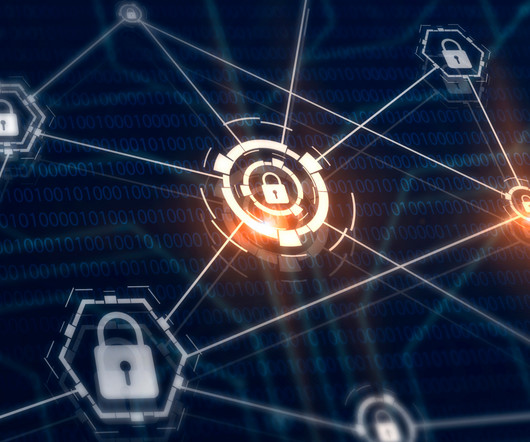What is a Virtual Private Network (VPN)? VPN Security Explained
eSecurity Planet
SEPTEMBER 12, 2024
Table of Contents Toggle How Virtual Private Networks (VPNs) Work Categories of VPN Understanding VPN Security 5 Benefits of Using a VPN 5 Drawbacks of VPNs 4 Types of VPN Connection Who Needs a VPN? Encryption: Individual packets of data are encrypted by military-spec technology. and other important details. Who doesn’t?













Let's personalize your content